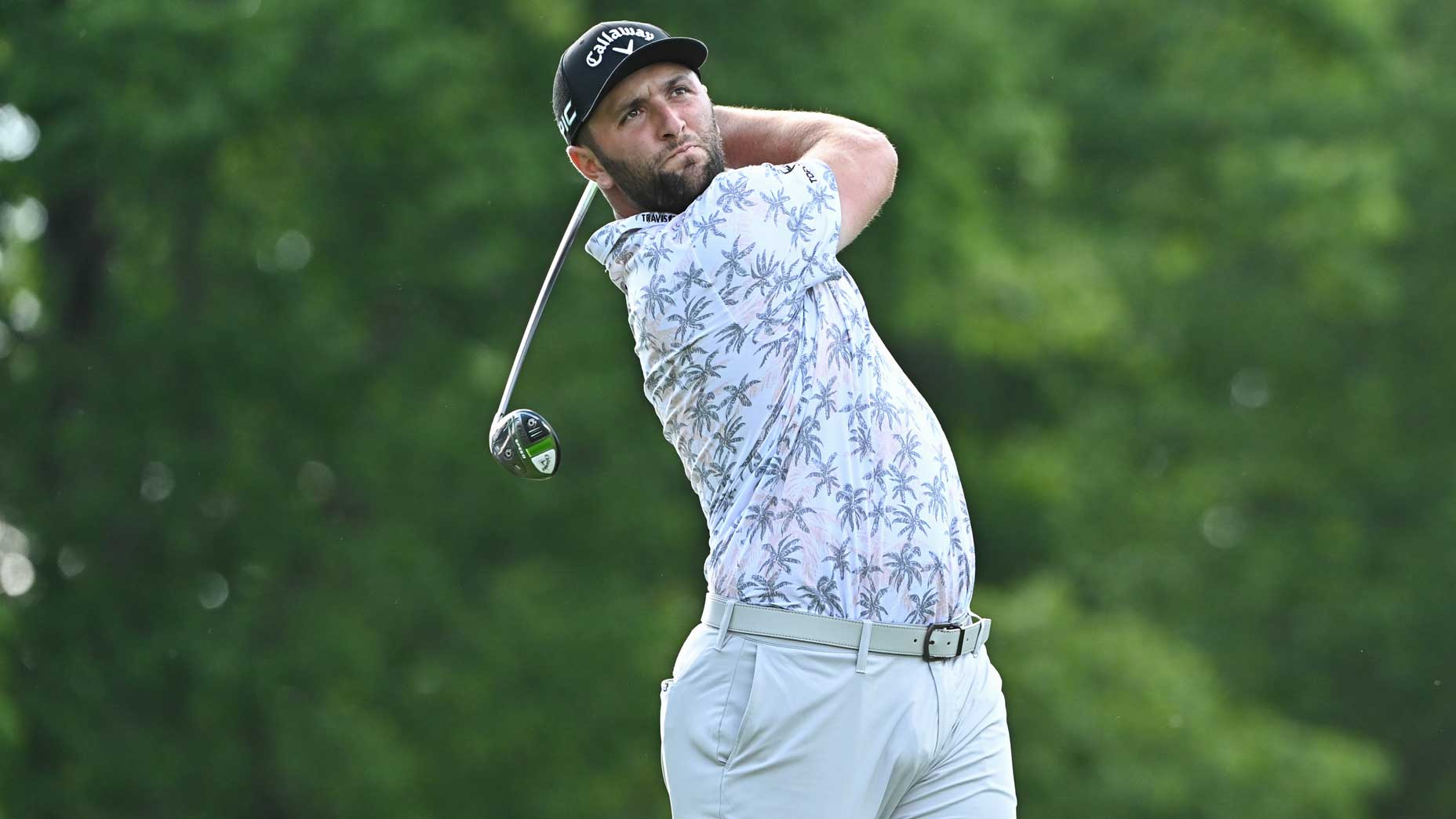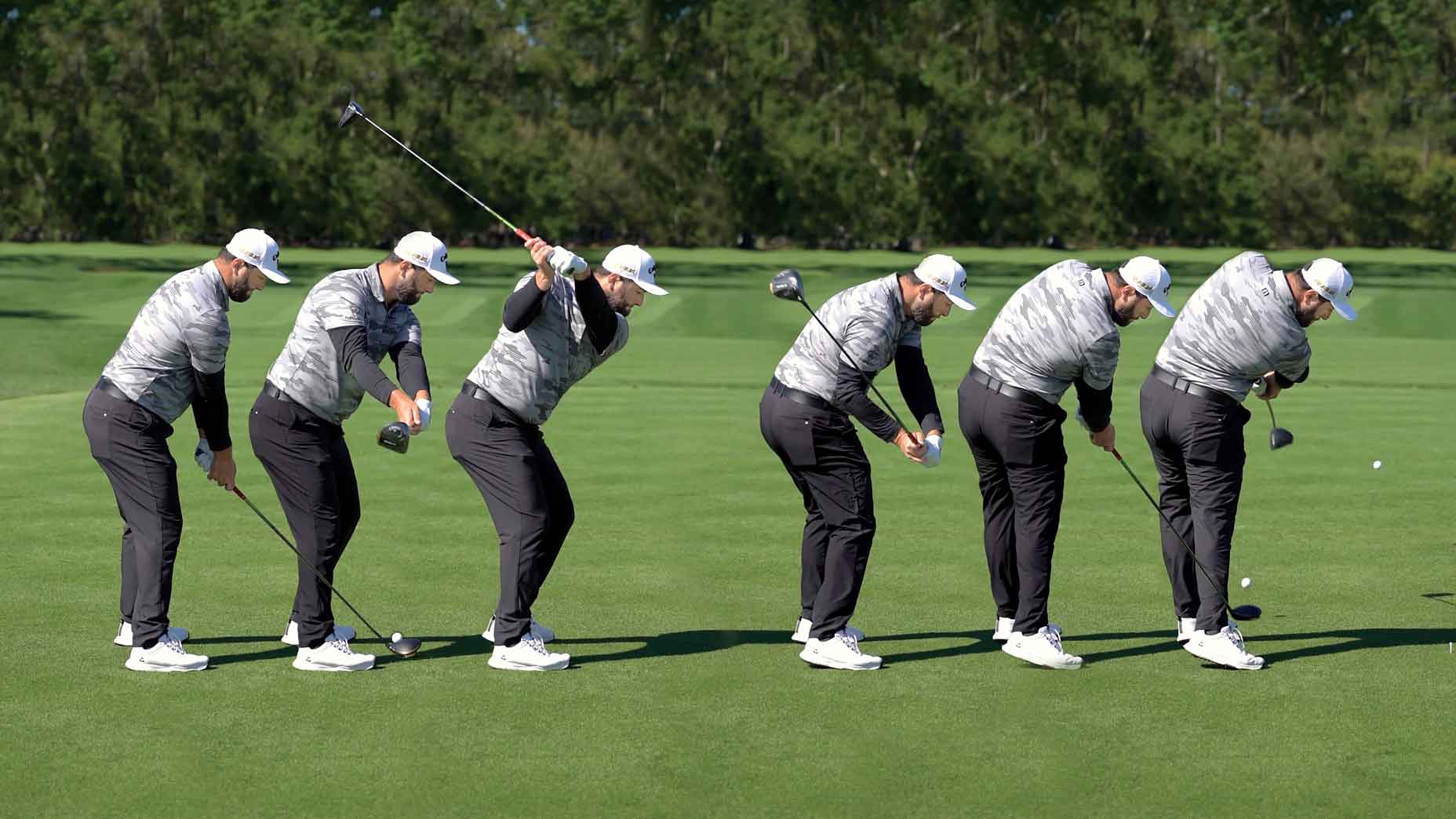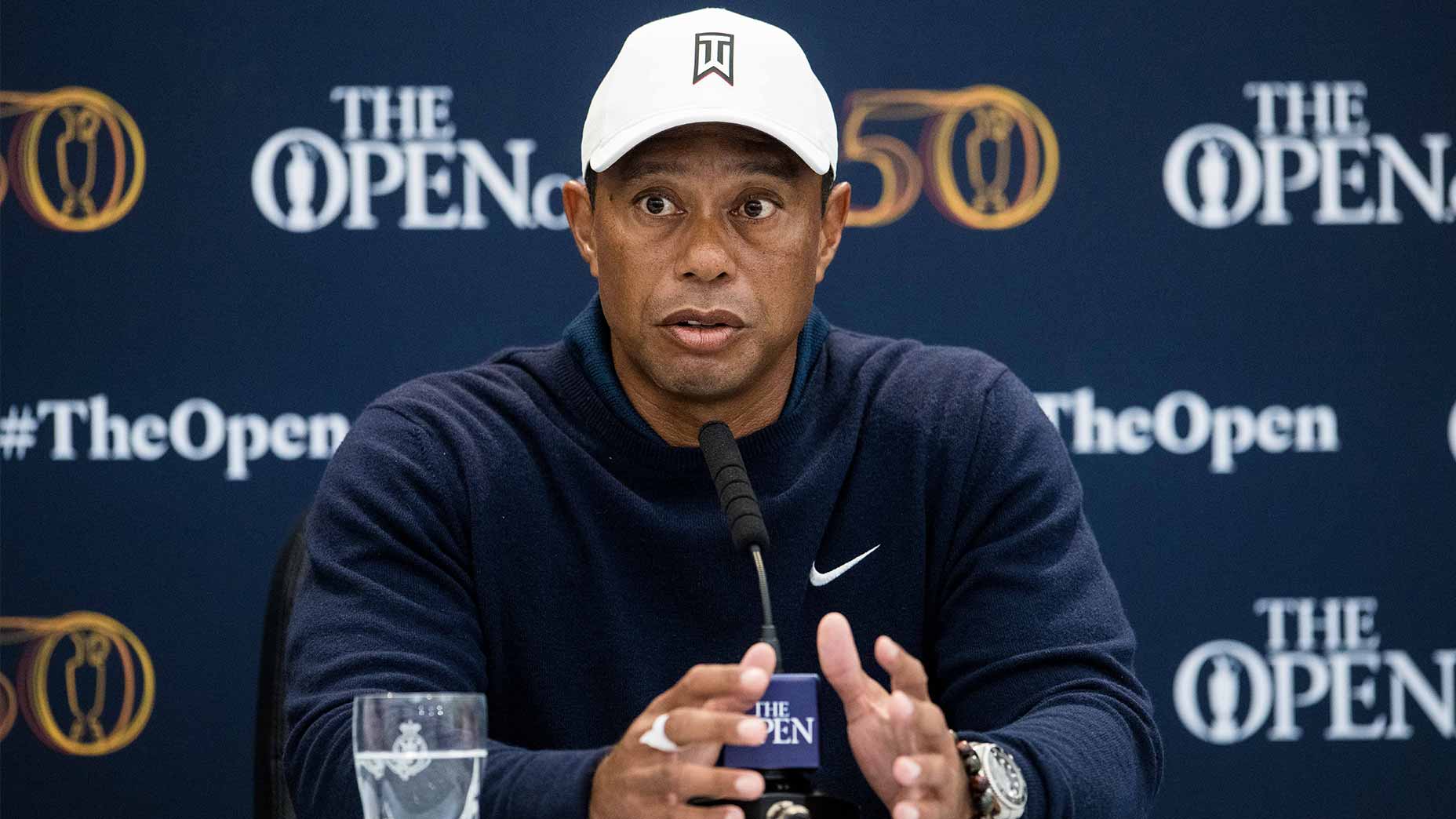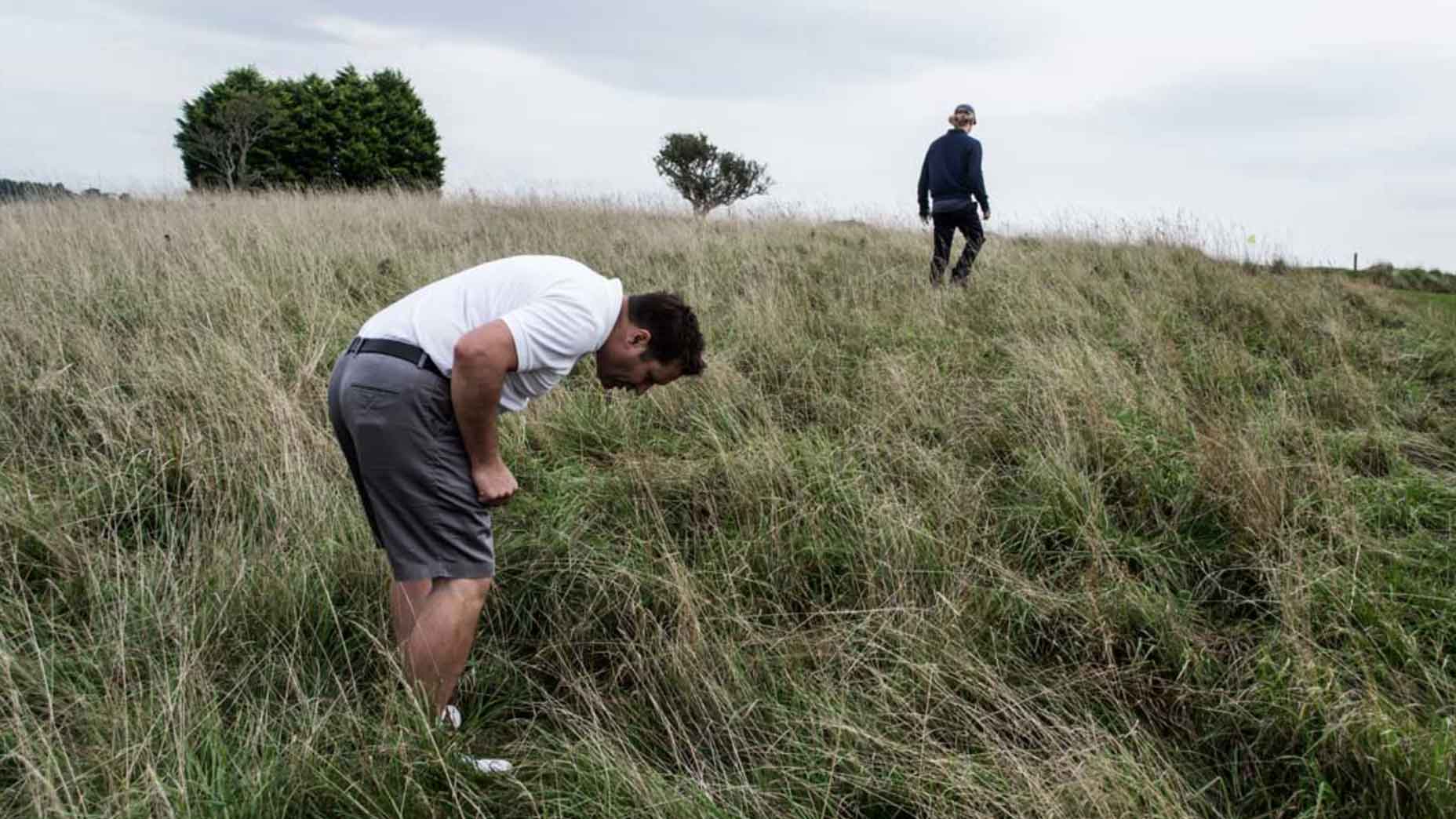
The former World No. 1 remains a threat every time he tees it up.
Getty Images
“We’ve got this kid and he’s really good.”Such started a call from Arizona State University head coach Tim Mickelson some eight years ago. “His name is Jon Rahm. A sophomore. Would you mind taking a look at him?”
Tim knows talent when he sees it, so I obliged. Yes, Jon was very good, but he was kind of stuck with a low, penetrating draw that often struggled to get airborne. Also, he had one of the shortest backswings for a guy his size (six-two) I’d ever seen.
As with any player who visits us at the Titleist Performance Institute, we put Jon through a rota of physical evaluations. We quickly discovered some mobility issues in his ankles and hips — the reason for the restricted backswing you still see today.
I told him, “Jon, there’s going to be a lot of people who will tell you to lengthen your swing, but don’t listen to them.” Facts are facts: Jon could go longer, but he’d only put more stress on his ankles and hips.
The swing he uses now — the one we’ve worked on to get his ballflight up and shape the ball both ways — is built around his very unique build. Sure, you’ll find clues in the sequence above that can benefit any body type, but that’s not what you can learn most from Jon.
He’s the best example on Tour of getting the most (including a major) out of a unique set of circumstances. Your swing should be yours and yours alone. Simply put, get better at being you.
Here are the keys to his swing.

Mark Newcombe
1. Setup
The secret to a balanced address like Rahm’s? Get your hip joints over your ankle joints. To really nail it, draw a line from Jon’s right ear to his right hip to his right knee and to his right ankle. Copy these lines in your own setup.
2. Takeaway
Jon tends to swing a little to the inside — he’d like to see the clubhead more in line with his hands. He’s in good position here — it’s just the camera angle that makes it look a little off.
3. Top of backswing
It’s difficult for Jon to extend his left wrist — you’ll never see him “cupped” at the top. Bowing the left wrist is much easier for him. He correctly sticks with what’s natural, matching it up with a a weak left-hand grip.
4. Mid-downswing
Jon’s superpower comes from his wrists. Because he bows his left wrist at the top, he doesn’t need to worry about putting the club in the optimal “slot” on the way down — it’s already there!
5. Impact
Part of the reason Jon creates so much power with such a short swing lies in the way he uses the ground. You can see his legs straightening and pushing hard against the turf. Do this, but, like Jon, keep your chest pointing down.
6. Release
Look how Jon’s chest and hips are open and rotating. Copy this! You’ve got it right when you can see both “cheeks” in a down-target photo of you at impact.










